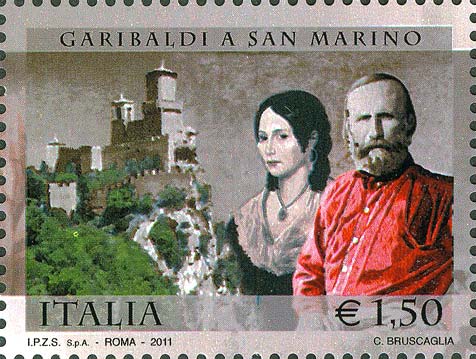
The functional capacity, combined with the Hill postal reform, guaranteed in a short time to stamp a success worldwide.
Within a few years other postal administrations followed the British example and so, in March 1843, the canton of Zurich, Switzerland was the second state in the world to issue postage stamps.
After Switzerland was surprisingly the
Brazil to adapt to the new, with the issuance of the series called "bull's-eye" on 1 August of the same year. Followed by the Swiss cantons of Geneva (October 1843) and Basel (July 1845).
The latter issue gave Switzerland a leading position in the field of colorful and thematic stamps with the famous "Basel Dove".
In 1847 it was then the turn of the United States of America, which began issuing stamps with a value of 5 cents and the portrait of Benjamin Franklin.
From 1849 on, all one after the other European states adopted the stamp. In the thirty years from 1870 to 1899 there were 204 first issues with over 800 stamps.
In 1900 they had adopted the postal reform 357 territories by issuing about 1500 specimens that gave start to the philatelic history of the various countries.
Currently there is no country in the world that has not issued at least once a postage stamp.
